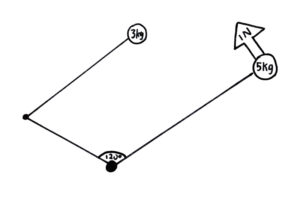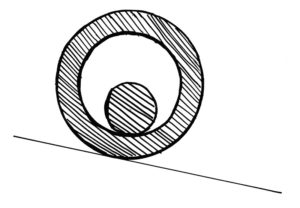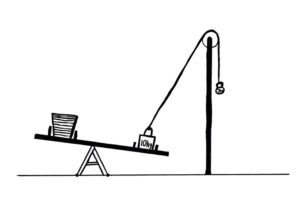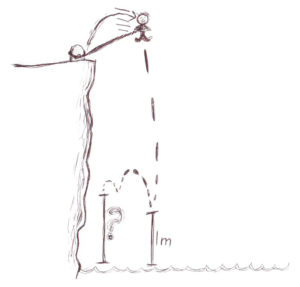This is a challenge about springs.
Say we have a few springs. They each have their nominal lengths and their spring constants. We wrap them all around a rail, with sliding spacers in between. In this way we have created a larger spring. We are challenged to find a way to compute the characteristics of this spring–importantly, the spring constant–in a general way. This should be a short, fun activity! But really, it’s actually a surprisingly interesting and challenging task. For a simpler task, try only the first example below. To practice your math after finding a formula, try all of the examples below!
| Spring Constants | Nominal Lengths |
|---|---|
| 2N/m, 5N/m | 2m, 1m |
| 3N/m, 4N/m, 3N/m | 3m, .5m, 4.5m |
| 1N/m, 2N/m, 8N/m | 4m, 1m, 3m |
| .5N/m, 1N/m, 1N/m | 2m, 3m, 10m |




